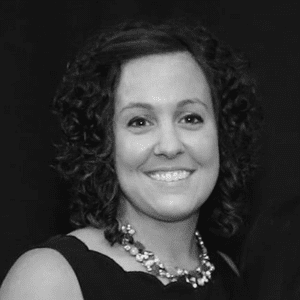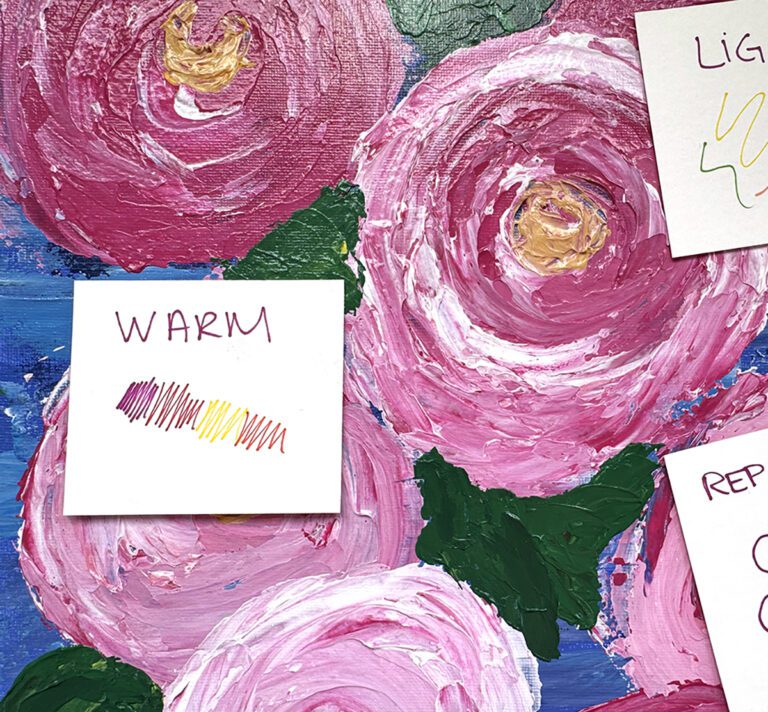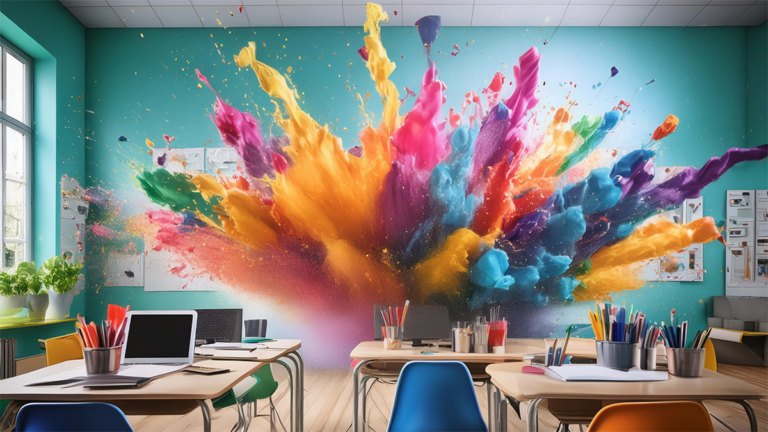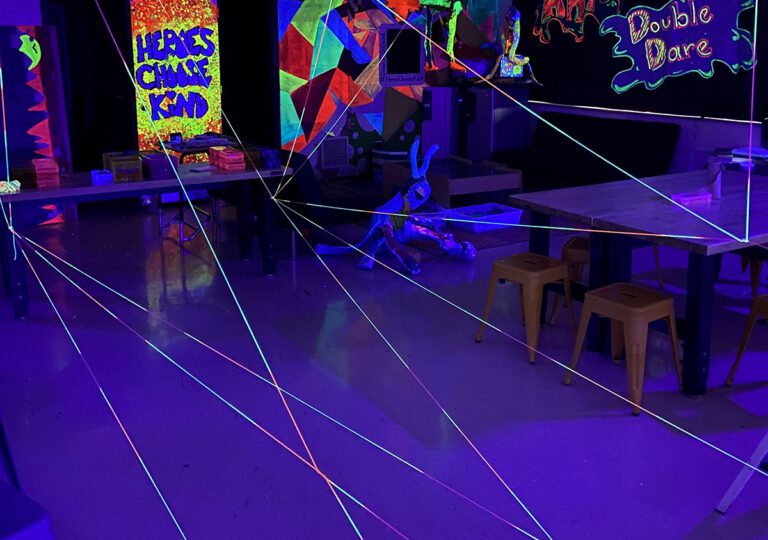If you implemented a growth goal this year only to find the outcome wasn’t what you expected, perhaps you didn’t choose the right type of content to measure. One of the most important and tough decisions you will make when writing a Student Growth Goal (or Student Learning Objective, depending on where you teach), is deciding WHAT to measure. The good news is, you can try again next year, as you refine the growth process. Today I’ll share some ways you can think about developing a SLO that works for you. Be sure to check out our follow-up SLO article right here, which has some concrete samples for you to look at.
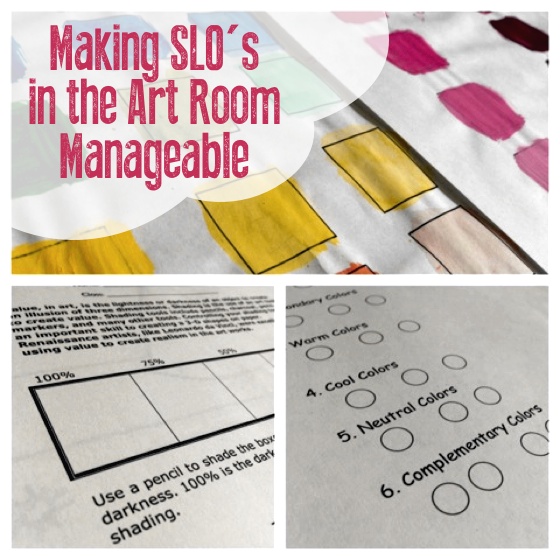
Here are a few things to ponder when choosing a topic for your SLO.
1. You could assess everything.
For example, you could give a pre and post test on ALL of the concepts taught in a 9 week period in 7th grade. While this is a noble goal, I advise teachers to get more specific to keep things manageable.
2. You could assess based upon need.
A truly authentic growth goal should be based on pre-test data showing something students NEED to work on. The ‘area of need’ can be determined by data from the previous year’s assessments or pretest data. In the pilot stages, you may not have data from the previous year or pre-test data to work from.
3. You could go broad.
I think the BEST and most ideal growth goal is a broad one, such as “Students will show growth in their use of the Elements and Principles of Design in 8th Grade Art.” However, it becomes difficult to come up with rubrics and a way to track data for a large number of students. Starting with something more specific might be helpful for a pilot round. Remember, many art teachers are just getting comfortable using data AT ALL, let alone choosing the most complex and performance-based method of tracking.
4. You could choose something specific.
An example of a specific SLO is, “Students will demonstrate 10 different values on a ‘value scale’ through drawing.” You would track growth based on a series of drawings and exercises using the exact same rubric each time. Students could move from 1-10 using a value checker on each project. A student may start out by using only 4 values, and after several projects, may grow to include 9/10. You would create a tiered rubric as students move up the mastery scale of values
5. But you WON’T want to be too specific!
You would not want to choose something like ‘knowing the primary colors’ for your growth area, because a goal like this is too specific. Students have no room for growth if they already know the primary colors. Even if they know 2 out of 3 colors, the growth to reach 3/3 will be very little. I do think it’s important to boil down what you feel are some of the most important concepts (broad or specific) you teach in a given year to help you zero in on writing a good SLO.
Still having trouble determining what to write your SLO on?
Ask yourself…
What is an art concept I teach that is SO important, I would be embarrassed if my students walked out of the classroom and didn’t know it?
The secret to finding the perfect topic for your SLO is to choose something you care about. When you first became an art teacher, what were some of the basic things you hoped you could teach students in art? The more meaningful your goal is, the less grueling the data collection process will be.
In fact, this reflective question helped one of the participants in AOE’s Showing Student Growth in Art Online Class determine her growth goal for next year already….and she’s created all the assessments to go with it, too!. It feels so good to be ahead of the game AND be a reflective teacher.
Remember to keep reading today for some specific examples to help get you started!
What content did you assess for a growth goal this year?
Were you happy with your choices? What will you change for next year?
Magazine articles and podcasts are opinions of professional education contributors and do not necessarily represent the position of the Art of Education University (AOEU) or its academic offerings. Contributors use terms in the way they are most often talked about in the scope of their educational experiences.
